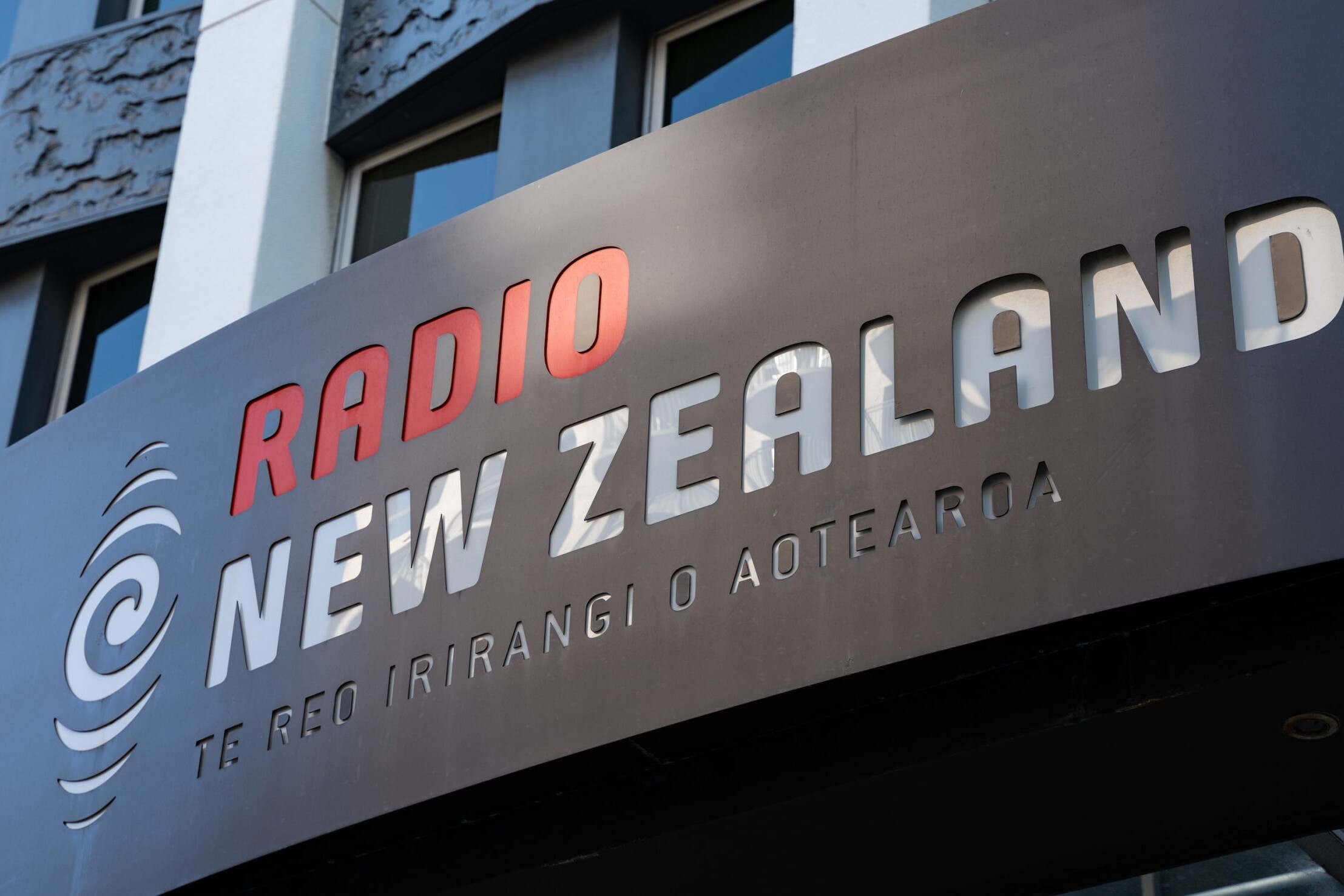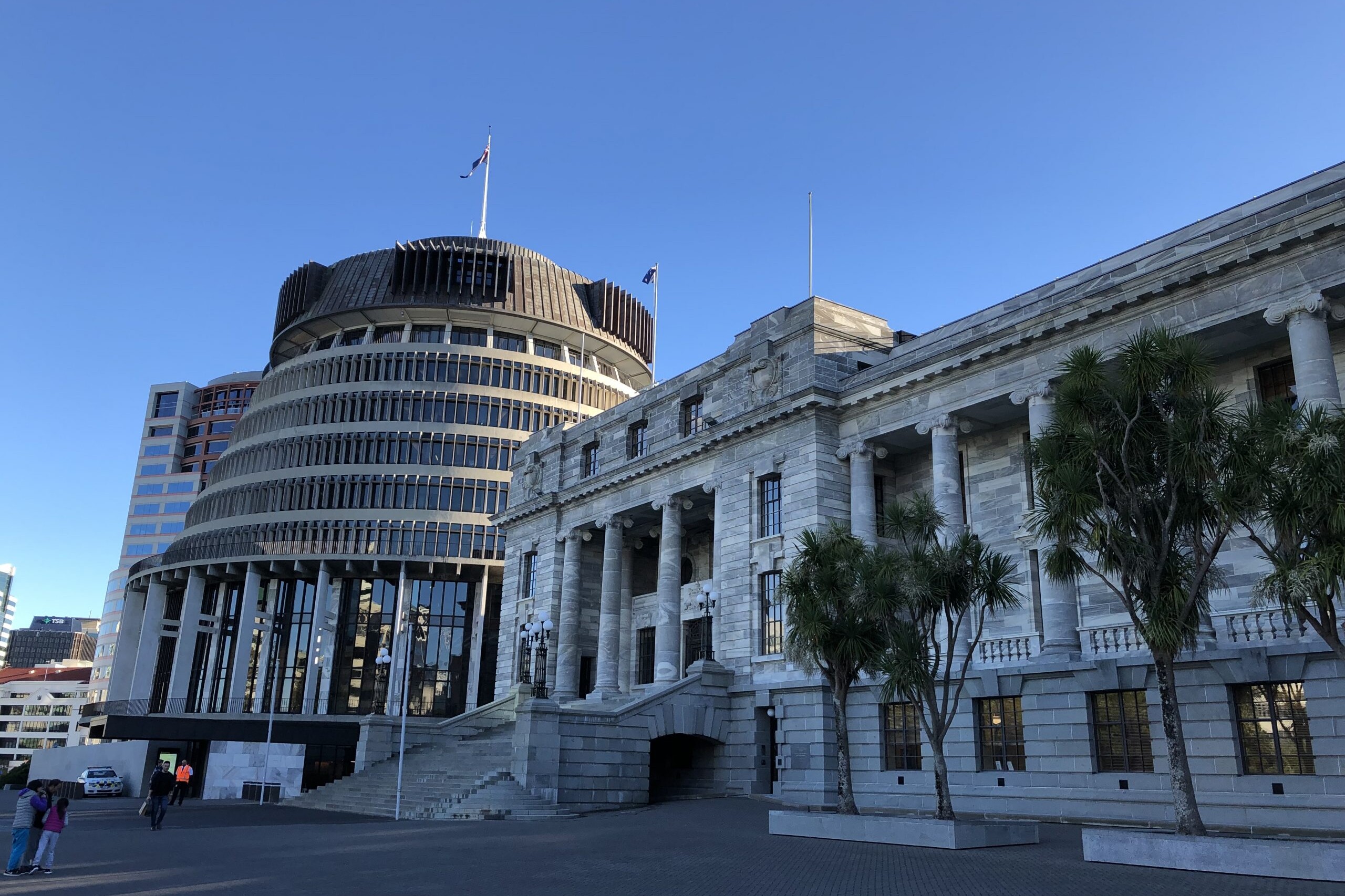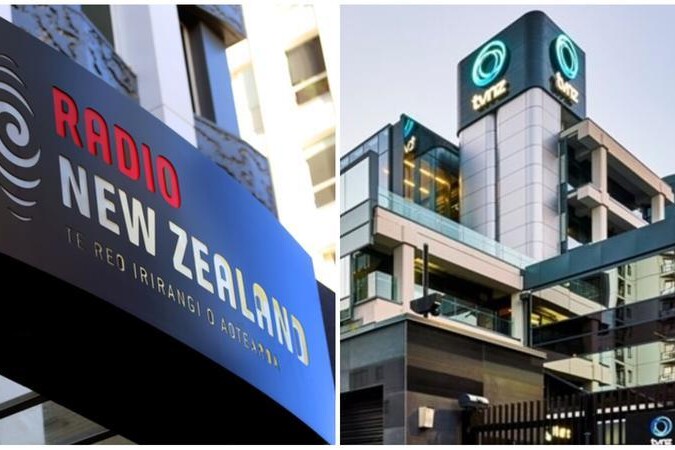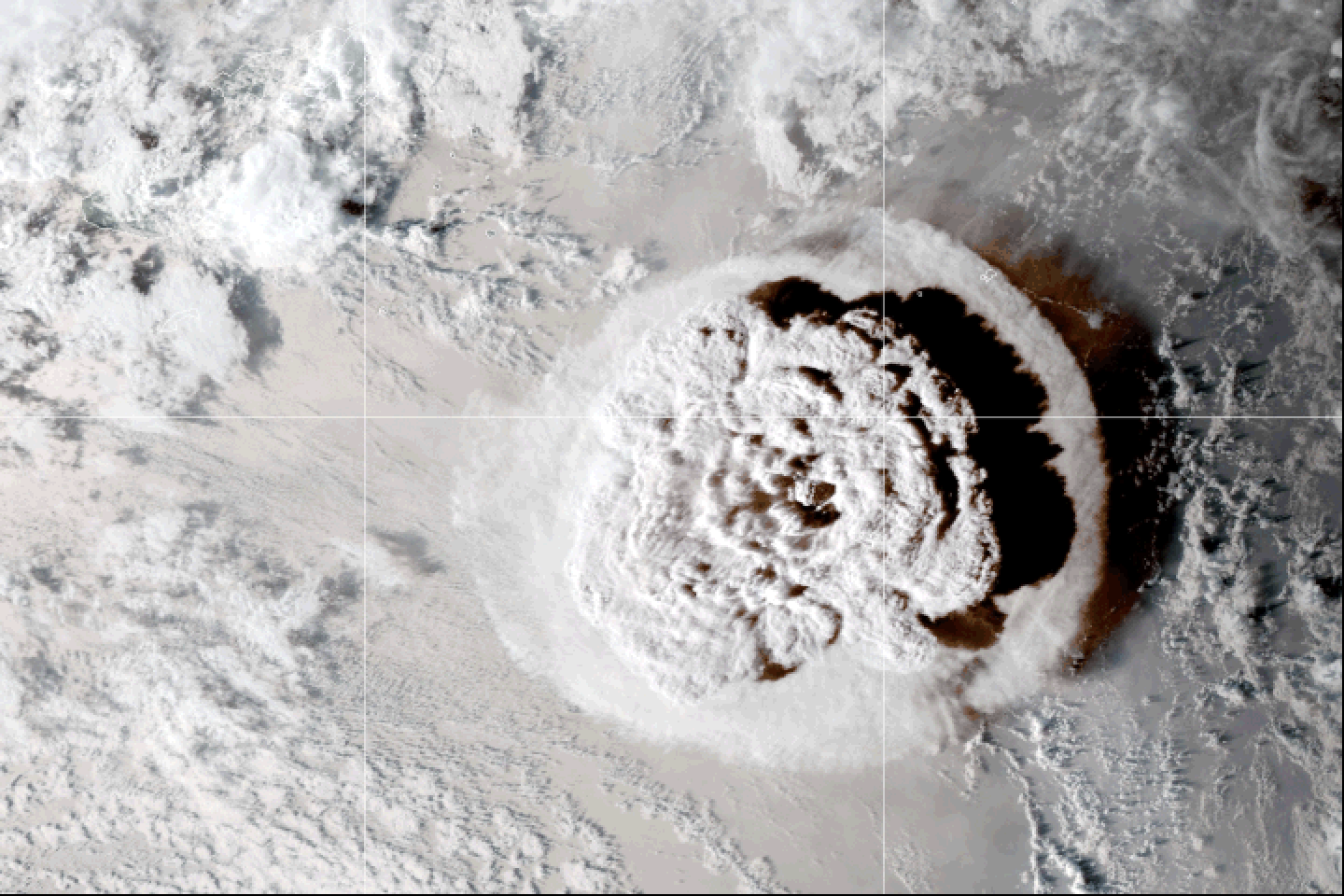INSIGHT
“A vital tool”: Why RNZ turned to shortwave after the Tongan volcanic eruption
27th July 2022
When the Hunga Tonga-Hunga Ha’apai submarine volcano exploded earlier this year, bringing down communications to and from Tonga, RNZ Pacific reverted to shortwave to reach the isolated island nation.
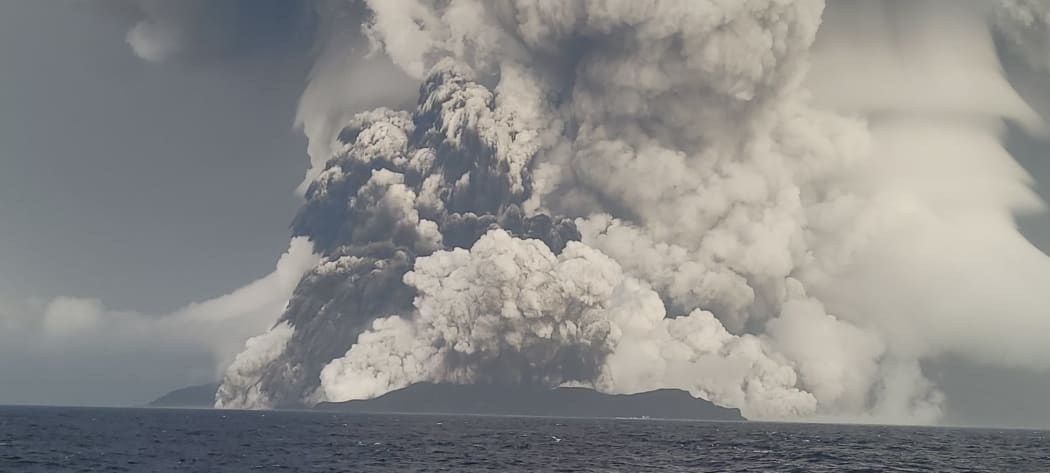
By Richard Sutherland, Head of News at Radio New Zealand.
In January this year, Tonga’s Hunga Tonga-Hunga Ha’apai submarine volcano exploded. It was the most powerful eruption of its type that the world has seen since Krakatoa in 1883. In addition to sending atmospheric shockwaves around the world, the eruption badly damaged the international high-speed subsea cable connecting Tonga to the rest of the world.
The island kingdom was cut off – it was several days before jury-rigged comms were restored. Getting information out of Tonga was next to impossible. But thanks to shortwave, RNZ Pacific was able to broadcast vital information into the country.
It may seem strange to be talking about shortwave this far into the 21st century. “Shortwave” conjures up images of 1930s-style wood-panelled radios jammed with vacuum tubes, receiving programmes broadcast from colonial capitals.
Read more: Covering the Tongan volcanic eruption and tsunami from abroad, during a blackout in communications (Insight)
But what many dismiss as a legacy distribution platform continues to show its worth even in the age of the internet. The New Zealand government signed off on a multi-million-dollar investment in a new shortwave transmitter for RNZ Pacific, the international service of New Zealand’s public broadcaster, Radio New Zealand. This will allow us to continue and build on a service that began in 1948, using transmitters left behind by the US military after the Second World War.
From the highlands of Papua New Guinea, to remote atolls in the wider Pacific Ocean, shortwave transmission remains a vital tool in getting news and information to a large but geographically scattered audience. In addition to its ease of delivery, shortwave is no respecter of political boundaries – it’s hard to censor a transmitter nestled deep in the heart of rural New Zealand, thousands of kilometres away.
And this part of the world matters to New Zealand. We are a Pacific nation in more ways than one – our historical ties with the area are broad and deep, and there are strong geopolitical reasons for New Zealand to ensure its voice is heard. In addition, eight percent of the New Zealand population, nearly 400 thousand people, identified as Pasifika in the 2018 census – in our largest city of Auckland that figure rises to 16 percent. That means there is a large domestic audience who want to know what’s going on across the Pacific region, where family links remain strong.
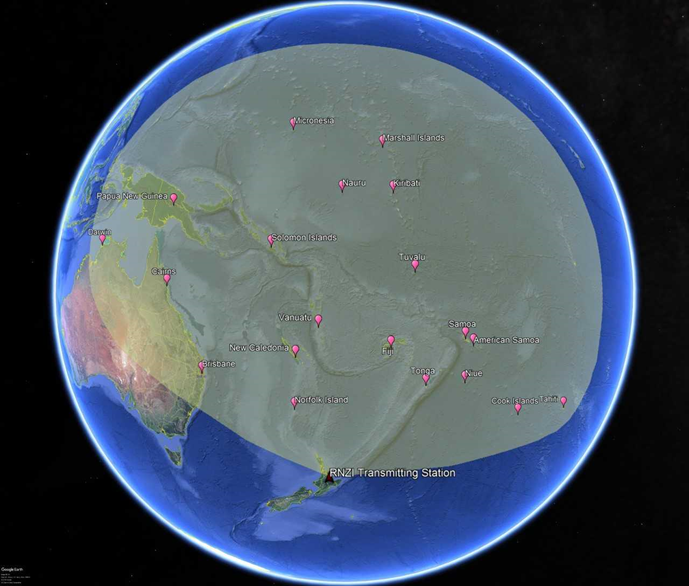
That dual audience mandate is reflected in RNZ Pacific’s output. Our digital shortwave service provides bulletins that are relayed to an estimated audience of more than a million people across the region by more than 20 local radio stations. Our analogue shortwave service delivers programming direct to listeners, many in remote areas such as the PNG highlands, and as far as way as Japan, North America and the Middle East, and provides vital information during the Pacific cyclone season.
Shortwave transmission remains a vital tool in getting news and information to a large but geographically scattered audience.
And as an integral part of the wider RNZ family, RNZ Pacific’s content features prominently on our domestic service, RNZ National.
As well as its own content, and content from RNZ National, RNZ Pacific collaborates with a wide variety of other broadcasters and media organisations. For example, ABC Australia’s daily Wantok programme for listeners in Papua New Guinea, Solomon Islands and Vanuatu airs on RNZ Pacific’s shortwave service, as do bulletins Tongan, Samoan and other regional languages, provided by the Pacific Media Network. We also share our technical expertise with broadcasters across the region.
Public media in New Zealand is about to go through a major change, with the government poised to disestablish RNZ and TVNZ, and set up a new entity in their place. RNZ Pacific’s service will be an important part of that entity, as New Zealand seeks to continue providing impartial and vital news and information to a part of the world that is increasingly in the global geopolitical spotlight.

About the author
Richard Sutherland is the Head of News for RNZ.
Our thanks to Richard for providing this report.
Related Posts
4th July 2022
RNZ CEO: new public media entity is “a bold and unique step”
The CEO of Radio New Zealand explains…
29th June 2022
More details announced for New Zealand’s new public media entity
The new entity will be called ‘Aotearoa…
17th March 2022
Covering the Tongan tsunami from abroad, with no communications
Tongan journalist Agnes Tupou reflects…
